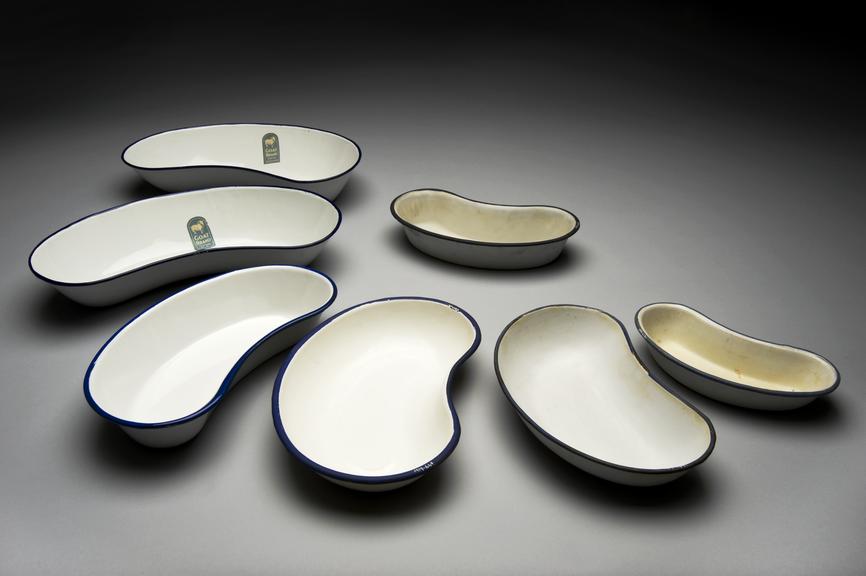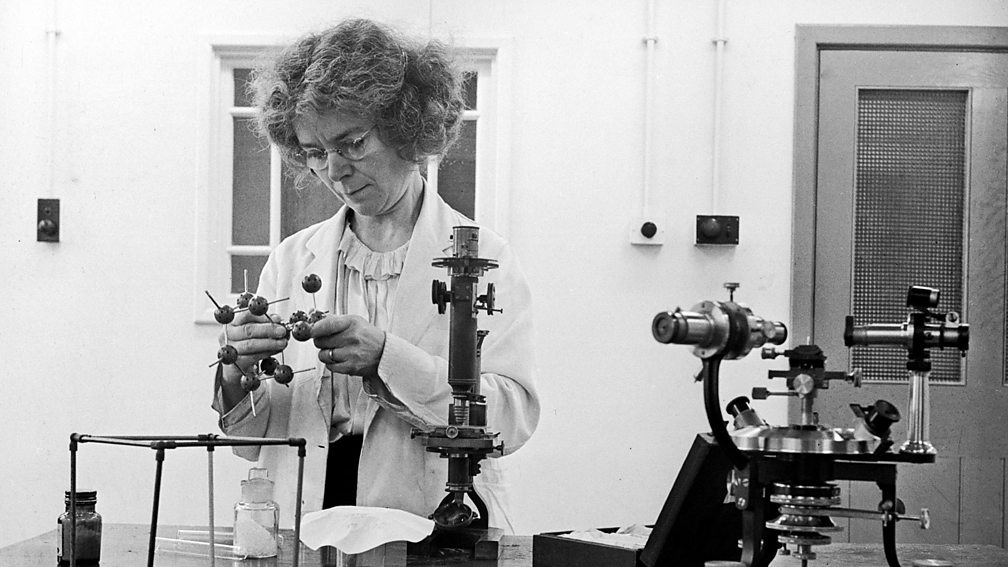Our kidneys are remarkable. They quietly work away in our bodies, filtering waste products into urine, maintaining our blood pressure and producing a substance to stimulate our red blood cells.
Perhaps unsurprisingly, kidneys feature in the Science Museum Group Collection from the ubiquitous kidney-shaped bowl (shaped to fit against the body or to hold instruments) to some more surprising objects.

In 2019, there were 2424 kidney transplants in the UK. On display in Medicine: The Wellcome Galleries are the 3D printed MRI scans used to plan a transplant operation between a father, Chris, and his then 2-year old daughter, Lucy. You can also hear from the family in a special film, on display next to the models.
Shortages of organs have also led medical and scientific researchers to look at different approaches.

Floating within a sealed jar, these two pig kidneys have been genetically modified in the hope that they could be used in humans. Known as xenotransplantation, this process has been a great hope for the future but there are problems of organ rejection that have been too large to overcome. There are also some unknowns as to how diseases may cross the species barrier.
For those awaiting a kidney transplant or with chronic kidney conditions, dialysis mimics the functions of the kidneys.
Some of the very first experiments with dialysis machines were made from items researchers had to hand, including one made from an apricot tin.
During the Second World War, Willelm J Kolff created a machine out of cellophane sausage skin, a car pump and a revolving drum. It was unsuccessful until he treated a woman who had acute kidney failure in 1945.
In 1950, Kolff emigrated to the United States, where the development of artificial organs still dominated his career. At Brigham and Women’s Hospital, he continued to develop his machine resulting in one similar to the one on display in our Making the Modern World gallery.
Kidney dialysis machines also crossed into the home. In Medicine: The Wellcome Galleries you can hear Maureen Lewis’ experience of owning and using a machine at home. Nicknamed ‘Doctor Who’, Maureen had dialysis while she slept, trusting the constant whirring of the machine to do its job.
Kidneys were also the focus for researchers such as x-ray crystallographer, Kathleen Lonsdale.

Collecting a huge variety of kidney and gall stones, Lonsdale examined the crystal structures using x-rays.
She became interested in stones after finding out that children, in particular countries such as Turkey, had a higher chance of getting a stone. With her colleagues, she hoped to find the causes of these stones to help find ways of preventing them. She published an article called ‘Human Stones’ in Science in March 1968 and went on to complete the first draft of a book of the same name in the weeks leading up to her death in 1971.
Her conclusion was that by making models of the crystals that formed the stones, you can examine why different ages and genders develop different forms of stone.
You can see some of these models and stones on display in our Medicine galleries.

So on World Kidney Day, take a moment to think of the small organs working away and to the innovative research and developments that have come from the times when they don’t always work as predicted.
2 comments on “Remarkable kidneys”
Comments are closed.

The formation of stones is not only a function of concentration but also a composition of what we eat and drink. The composition is a waste of the liquid that goes through the sieve (Glomerulis). Every person develops stones from the waste but which are in micro sizes and get out with the urine. People who develop bigger stones are chronically dehydrated because they do not feel thirst from their brains or their glomerulus is defective. Drink 2 liters a day, the kidney stones will stay away.
The kidneys work hard to make up for the failing capillaries so kidney disease produces no symptoms until almost all function is gone. Also, the symptoms of kidney disease are not specific. The first symptom of kidney disease is often fluid buildup. Other symptoms of kidney disease include loss of sleep, poor appetite, upset stomach, weakness, and difficulty concentrating.